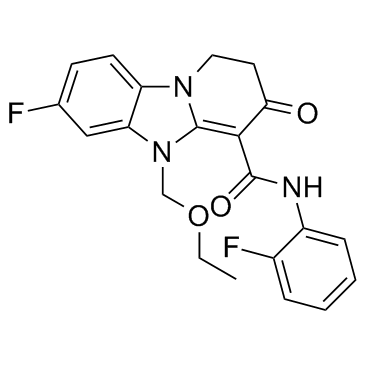RWJ-51204 Suppliers
Total count: 2Updated Date: 2025-09-22 21:35:17

- China(Mainland)
- Contact: Yang
- Phone: 0086-021-52280163
- Email: sales@echemcloud.com
- Website: http://www.echemcloud.com
- Product Name: RWJ-51204?
- Updated Date: 2024-07-15 12:33:29
- Purity: 99.57%
- More information
Inquiry

- China(Mainland)
- Contact: Tony Cao
- Phone: 13564518121
- Email: sales@dcchemicals.com
- Website: http://www.dcchemicals.com
- Product Name: Rwj-51204
- Updated Date: 2024-07-17 15:20:22
- Purity: 98.0%
- More information
¥Inquiry
100mg
RWJ-51204
- CAS Number: 205701-85-5
- Molecular Formula: C21H19F2N3O3
- Molecular Weight: 399.39100

Price: $1224/1mg
Reference only. More RWJ-51204 price
Related product suppliers
Check more product suppliers